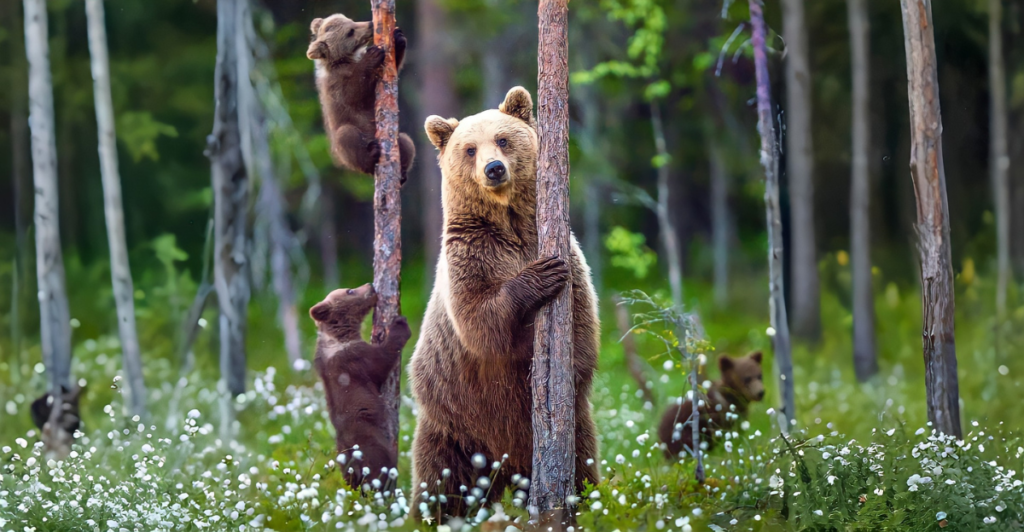
Your garden, regardless of its size, holds the potential to become a thriving sanctuary for local wildlife. By implementing a few thoughtful practices, you can create a space that supports biodiversity and offers refuge to various species.
Embracing biodiversity in your garden not only benefits the environment but also enhances your personal connection to nature. Observing birds, bees, butterflies, and other creatures can bring joy and a sense of fulfilment.
In this guide, we’ll explore eight straightforward strategies to make your garden more wildlife-friendly, fostering a balanced and vibrant ecosystem right at your doorstep.
1. Plant Native Species
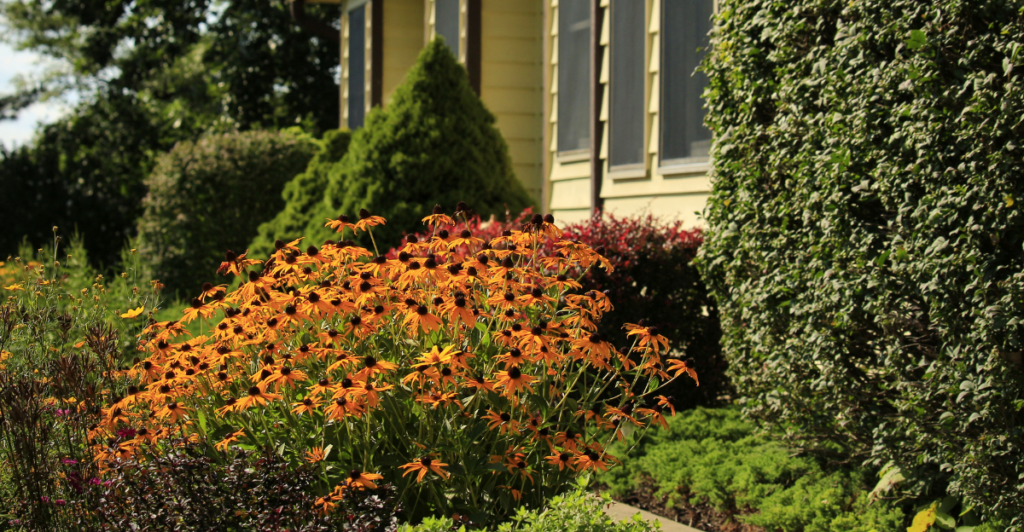
Incorporating native plants into your garden is one of the most effective ways to support local wildlife. These plants have evolved alongside native fauna, providing essential food and habitat.
Native plants typically require less maintenance, as they’re adapted to local soil and climate conditions. This means reduced need for fertilizers and pesticides, which benefits the broader ecosystem.
Consult local nurseries or gardening groups to identify native species suitable for your area. Integrating a variety of native plants can attract a diverse range of pollinators and other beneficial organisms.
2. Create a Water Source
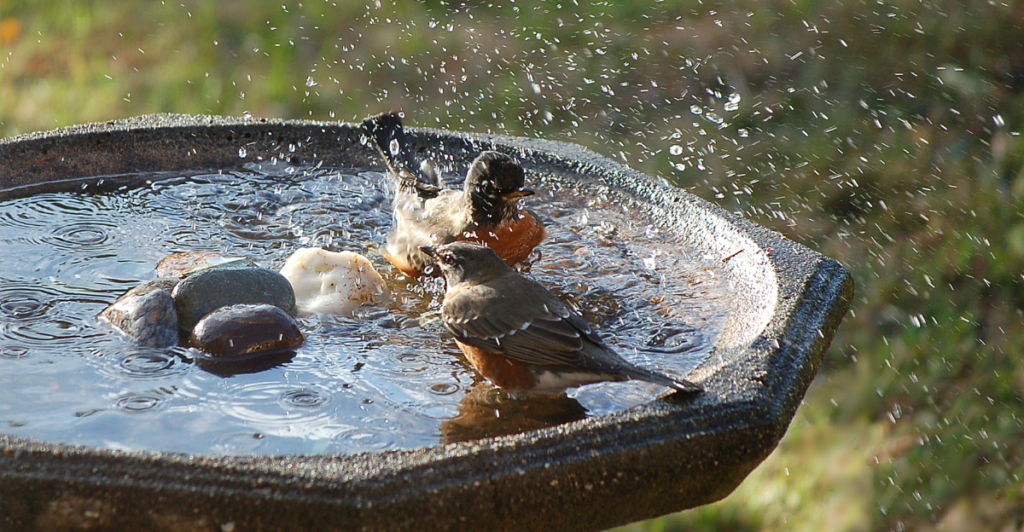
Providing a water source in your garden can attract birds, insects, and other wildlife. Even a simple birdbath or shallow dish can make a significant difference.
Ensure the water is clean and refreshed regularly to prevent the spread of disease. Adding stones or pebbles can offer perching spots for smaller creatures.
For a more substantial impact, consider installing a small pond or water feature. These can become habitats for amphibians and aquatic insects, further enhancing biodiversity.
3. Provide Shelter and Nesting Sites
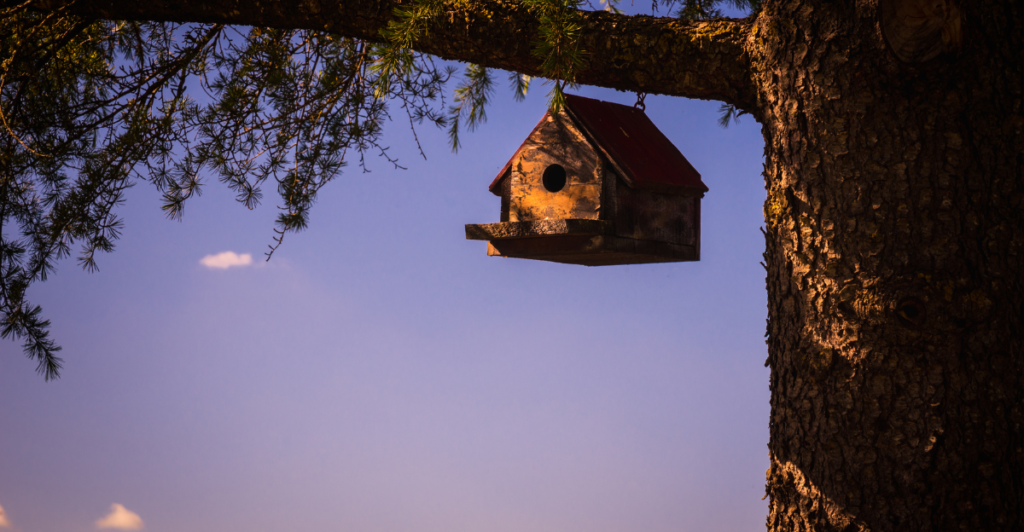
Wildlife needs safe spaces to rest, breed, and take shelter from predators. Incorporate features like birdhouses, bat boxes, and insect hotels into your garden design.
Leaving areas of your garden a bit wild, such as log piles, rock heaps, or dense shrubs, can offer natural shelter for various species. These spots can become havens for hedgehogs, frogs, and beneficial insects.
Avoid overly tidying your garden; a slightly untamed space can be more inviting to wildlife. Embrace the beauty of a naturally diverse environment.
4. Reduce Lawn Areas
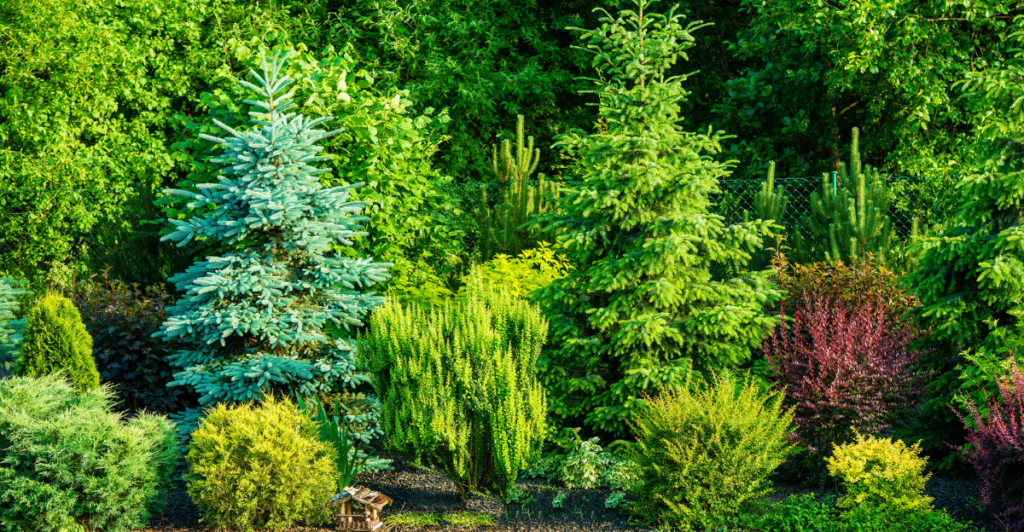
Traditional lawns often offer limited ecological value. Consider reducing lawn space in favor of planting wildflowers, shrubs, or creating meadow areas.
Meadowscaping, or allowing parts of your garden to grow wild, can support bees, butterflies, and birds, enriching the garden ecosystem.
If you prefer to keep some lawn, mow less frequently and at a higher blade setting to allow flowering plants to thrive, providing nectar sources for pollinators.
5. Avoid Pesticides and Chemicals
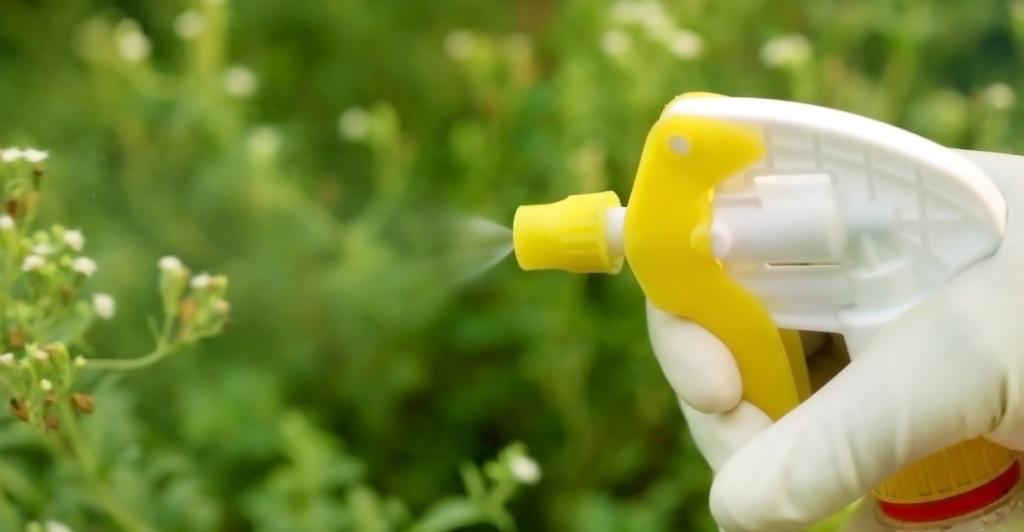
Chemical pesticides and fertilizers can harm beneficial insects and disrupt the natural balance of your garden. Opt for organic gardening practices to maintain a healthy ecosystem.
Encourage natural pest control by attracting predators like ladybugs, birds, and frogs. Planting a diverse range of species can also help prevent pest outbreaks.
Composting kitchen and garden waste enriches the soil naturally, reducing the need for synthetic fertilizers and promoting microbial diversity.
6. Plant a Variety of Flowers for Year-Round Blooms
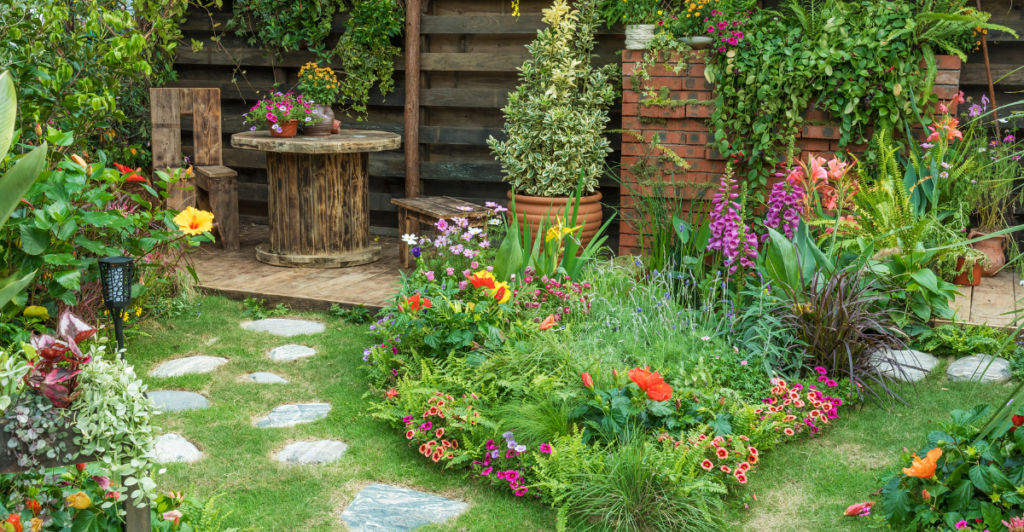
A continuous supply of blooming flowers ensures that pollinators have access to nectar and pollen throughout the seasons. Aim to have plants flowering from early spring to late autumn.
Mixing different species and flower shapes caters to various pollinators, including bees, butterflies, and hummingbirds. Avoid planting in large blocks of a single species; diversity is key.
Including night-blooming flowers can also attract nocturnal pollinators like moths, further supporting biodiversity.
7. Connect with the Community
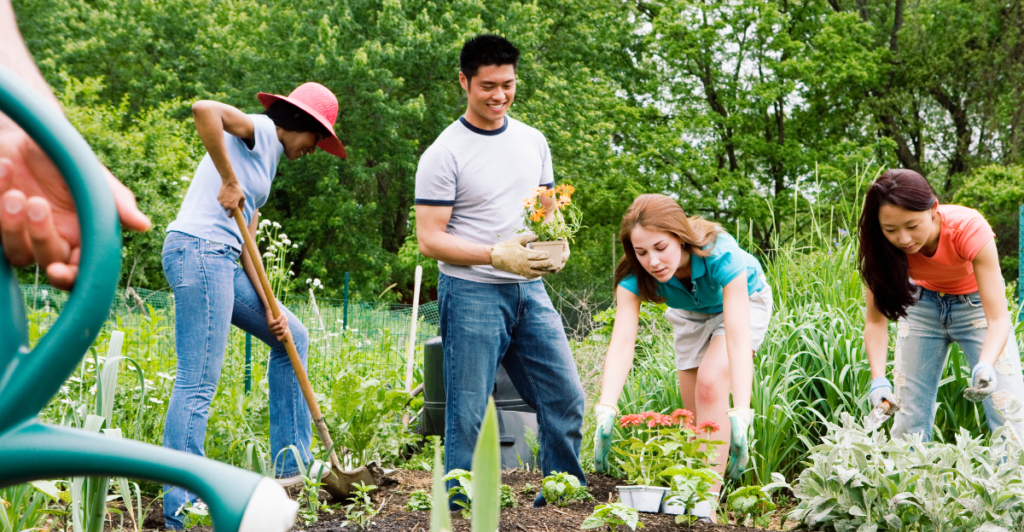
Collaborating with neighbors and local organizations can amplify your impact on local biodiversity. Creating wildlife corridors by coordinating garden efforts allows animals to move safely between habitats.
Participate in citizen science projects or join local conservation groups to stay informed and contribute to broader environmental efforts. Sharing knowledge and resources fosters a community committed to supporting wildlife.
Collective action can lead to significant positive changes, creating a network of gardens that serve as refuges for diverse species.
8. Embrace Organic Gardening Practices
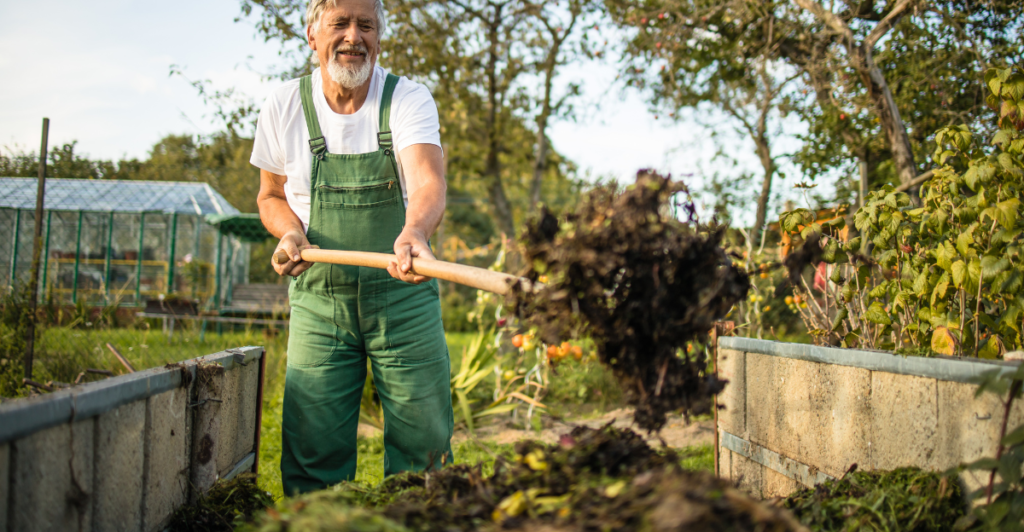
Organic gardening is a holistic approach that enriches biodiversity and maintains a balanced ecosystem. Key reasons to consider organic gardening include avoiding pesticides on home-grown produce and preventing environmental damage from synthetic fertilizers.
Essential steps to start organic gardening involve amending soil with organic matter, selecting easy-to-grow crops, and using organic seeds, fertilizers, and pest control options. Maintaining soil health through testing and regular amendments, practicing crop rotation, and using drip irrigation systems will support plant health.
Attracting pollinators with blooming flowers and ensuring good plant care (proper spacing, weeding, and regular watering) are crucial. Organic compost enriches soil but should be supplemented with other stable fertilizers.
Small Steps Lead to Big Changes
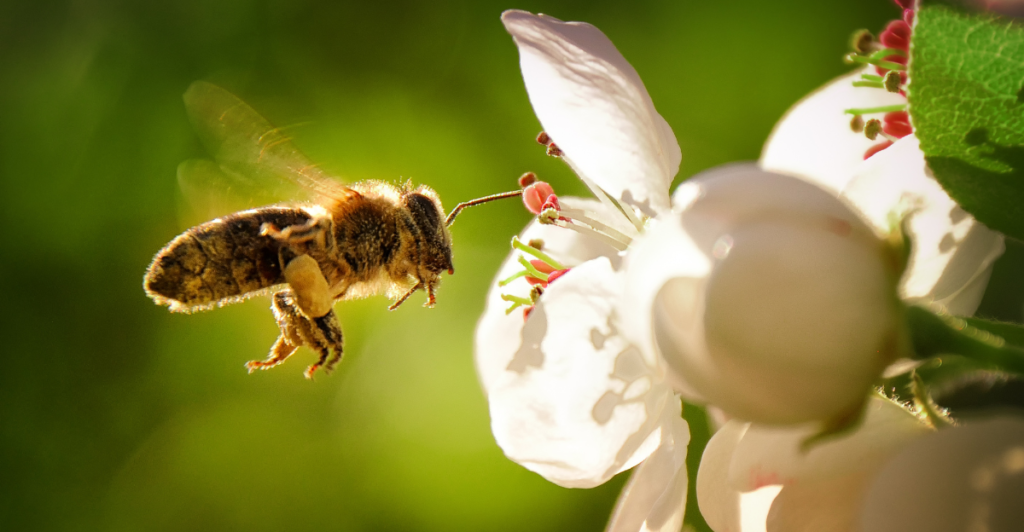
Transforming your garden into a thriving habitat doesn’t require a degree in environmental science, just intention, care, and a willingness to let nature do its thing. Each native plant, water dish, or untrimmed hedge creates a ripple effect that benefits more than you might realize.
By embracing biodiversity, you’re not only helping bees, birds, and butterflies, you’re contributing to the broader ecological health of your neighborhood and beyond. Small actions, when repeated across communities, build powerful networks of refuge for wildlife.
So whether you’re working with a sprawling lawn or a single balcony pot, your space matters. The wild is waiting, right outside your door.
Explore more of our trending stories and hit Follow to keep them coming to your feed!

Don’t miss out on more stories like this! Hit the Follow button at the top of this article to stay updated with the latest news. Share your thoughts in the comments—we’d love to hear from you!







